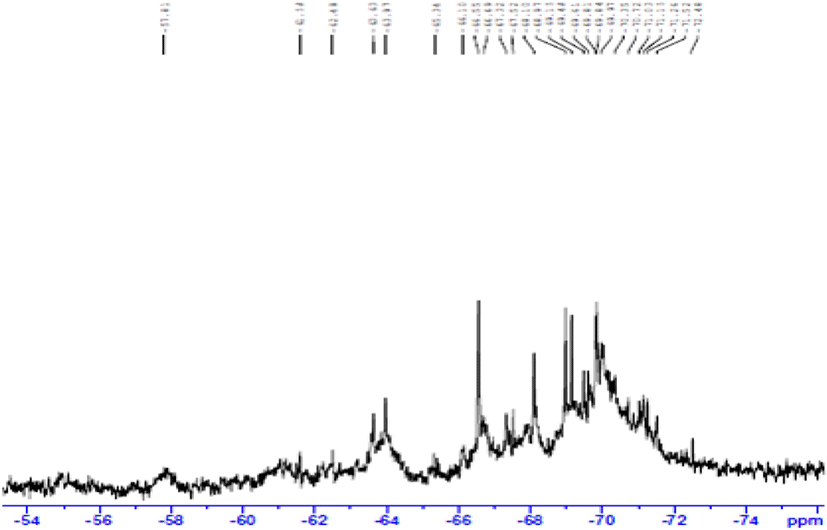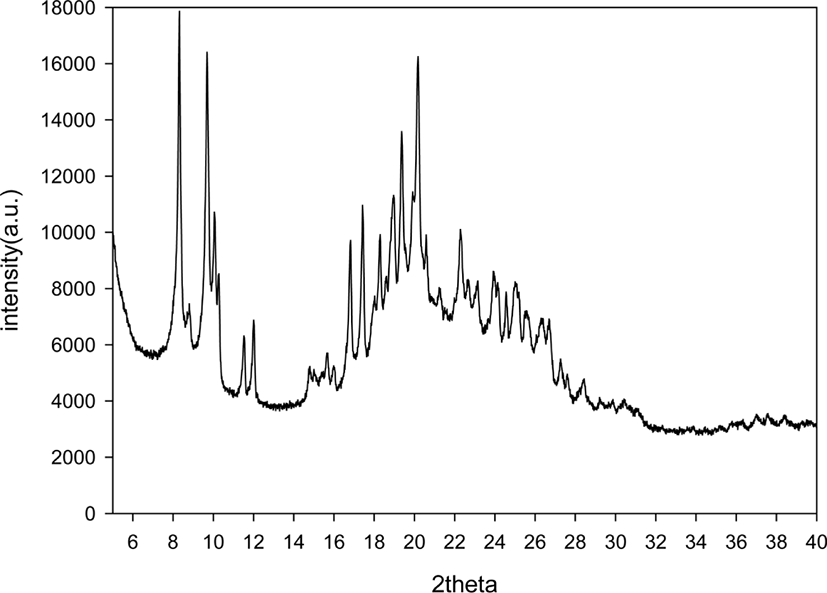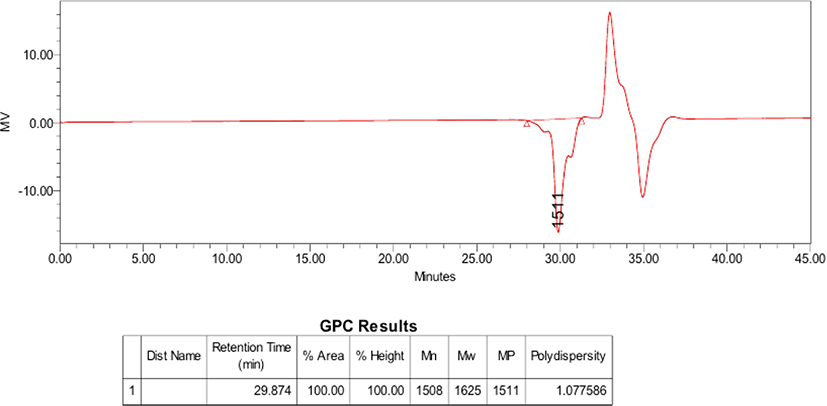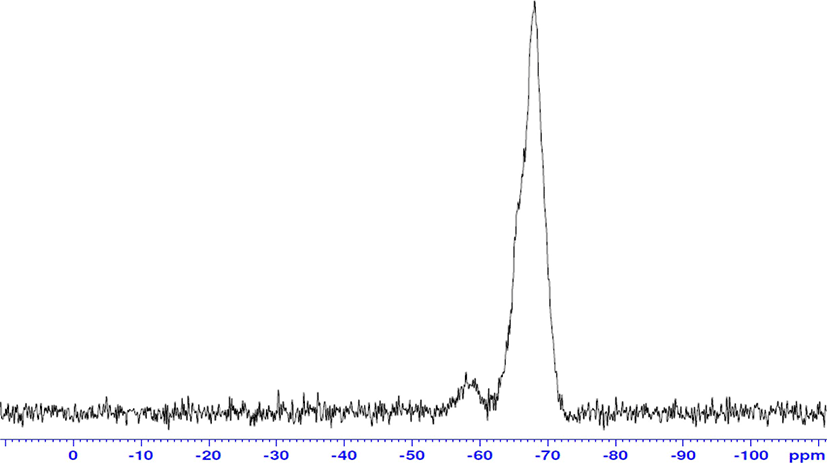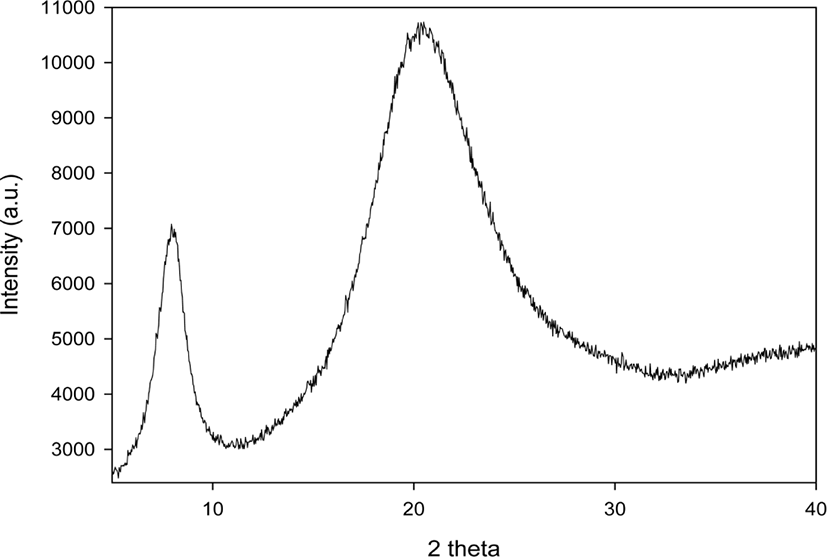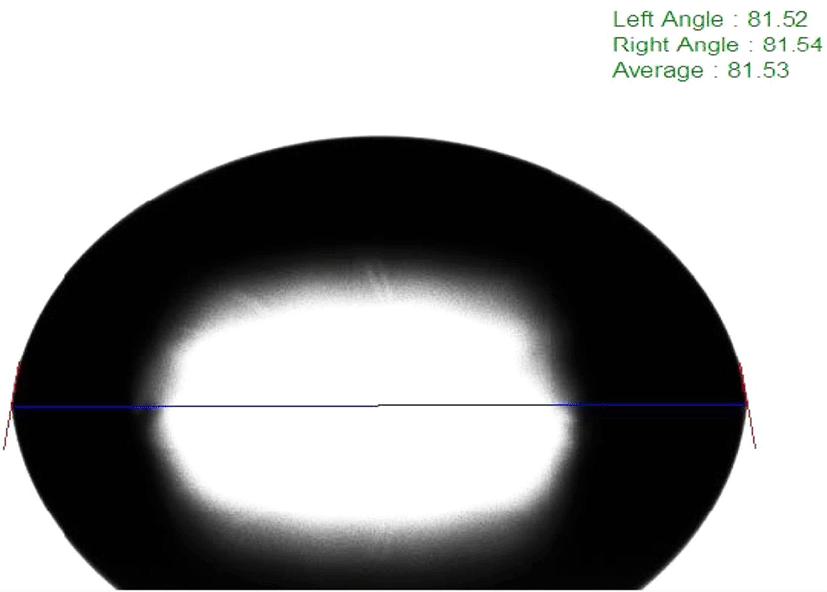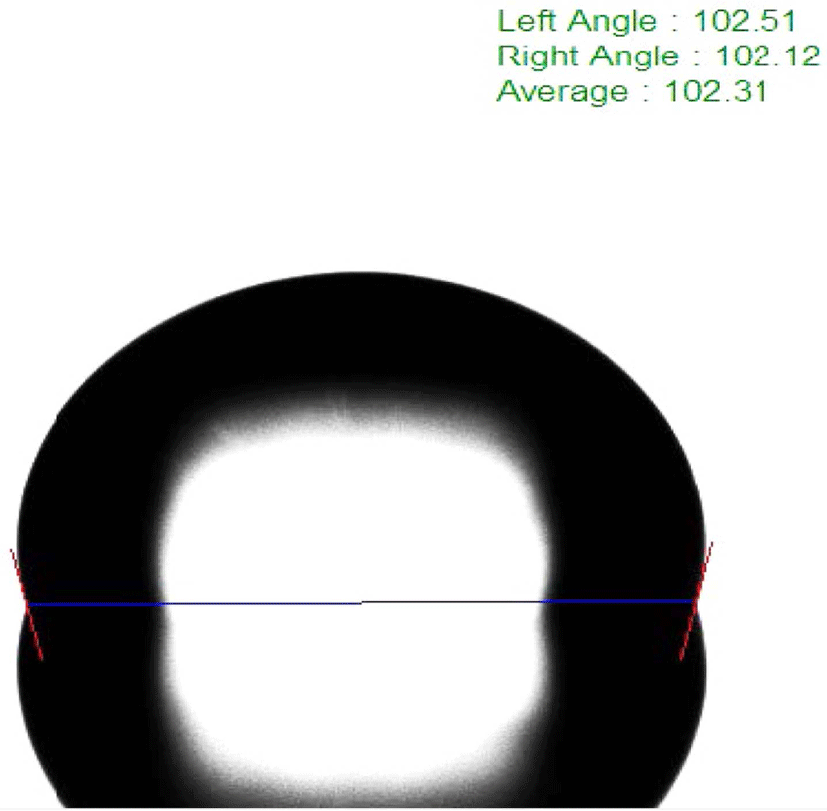Introduction
최근 들어 고분자에 새로운 기능을 도입하기 위해 유기물과 무기물을 동시에 가지는 소재 개발에 대한 연구가 많이 이루어지고 있다.1 유-무기 복합재료의 대표적인 물질로 폴리실세스퀴옥산(polysilsesquioxane, PSSQs)이 있다. PSSQs는 실리콘과 산소, 유기 치환기를 기반으로 구성되어 있는 물질이며, 유기 치환기로는 알킬기, 사이클로알킬기, 알릴기 또는 아크릴기, 페닐기, 머캅토기 등이 포함된다. PSSQs는 합성조건에 따라 크게 3가지 구조로 나뉠 수 있고, 각 구조에 따른 사다리구조, 상자구조, 랜덤구조로 구분되며 구조조절은 합성조건을 변경하여 구현할 수 있다.3-6 PSSQs는 내열성이 우수하기 때문에, 반도체의 절연 보호막이나 층간 절연막 등의 내열재료로서 널리 이용되고 있다. 또한 일반 고분자들과의 공중합이 가능한 합성의 편의성을 지니며 열적, 기계적, 전기적 특성이 우수하여 광학 재료, 반도체 재료, 화장품, 촉매 등 다양한 분야에서 활용되고 있는 물질이다.
현재 스마트폰 시장의 급성장으로 인해 내오염방지코팅(Anti-Smudge Coating)이라 부르는 방오코팅기술에 대한 수요도가 급격히 증가되고 있다. 하지만, 이러한 방오코팅액의 경우 해외에서 생산되는 분자량 5000 이상의 고가의 고분자 불소 실란으로 구성된 제품이 주를 이루고 있고, 방오코팅액을 제조하기 위하여 사용하는 불소용매도 비교적 높은 가격을 가지고 있어 제품의 단가상승의 주된 요인이 되고 있다.1,2,5,7-10
본 연구에서는 –CF3 작용기를 가지는 단분자 불소실란을 전구체로 사용하여 PSSQs siloxane resin을 고분자로 합성하고, 방오코팅액 속 불소용매를 감량시키고자 한다. 위와 같은 방법으로 재료의 단가를 획기적으로 절감시키는 동시에 해외 수입 의존도를 낮춰 다양한 분야에 값싸게 적용할 수 있도록 하고자 하였다.
Experimental
본 실험에서는 고분자 불소실란을 대체하기 위하여 트리플루오로프로필트리메톡시실란을 전구체로 사용하여 PSSQs를 합성하고 Resin 형태로 수득하였다. 방오코팅액의 용매로 불소용매와 이소프로판올의 적정비율을 찾아 사용하였다.
PSSQs을 합성하기 위하여 트리플루오로프로필트리메톡시실란(Q3-9030 SILANE, 오성폴리텍주식회사)을 이소프로판올(isopropanol; IPA, Sigma-Aldrich)과 증류수 혼합 용매 하에서 포타슘카보네이트(Potassium carbonate; K2CO3, Sigma-Aldrich) 촉매 양과 실란의 농도, 물의 농도를 조절하여 상온에서 24시간 교반 후 24시간 aging을 하였다. 그 후 층 분리가 발생한 뒤 하층부의 resin을 수득하여 흔히 사용되는 불소 용매인 HFE-7200 (KEM-7200, 케미스)과 유기 용매인 IPA을 혼합한 용매에 희석시켜 방오코팅액을 제조하였다. 생성물의 구조분석은 핵자기 공명분광계(Nuclear Magnetic Resonance Spectrometer; 29Si-NMR, AVANCE III 500, Bruker) 와 X선 회절 분석기(X-ray diffractiometer; XRD, X'pert PRO MPD, PANalytical)를 사용하였고, 분자량은 겔 투과 크로마토그래프 in THF) (Gel Permeation Chromatogragh (in THF); GPC, Alliance e2695, Waters)를 사용하여 분석하였다. 이후 방오코팅액을 제조하기 위하여 불소용매와 이소프로판올을 적정비율로 혼합하여 혼합용매를 제조하고 상기 용액에 합성된 PSSQs resin을 일정 1 wt% 농도로 희석하여 슬라이드글라스에 flow-coating 방식을 통하여 코팅하였다. 코팅된 슬라이드글라스의 수접촉각은 접촉각측정기(GIT소프트기술, UNI-CAM)를 사용하여 측정하였다.
Results and Discussion
먼저, 촉매 없이 트리플루오로프로필트리메톡시실란과 용매의 농도를 조절하여 합성한 PSSQ siloxane resin의 29Si-NMR, XRD분석 결과를 각각 Figure 1, Figure 2에 나타내었으며, GPC분석 결과는 Figure 3에 나타내었다. 29Si-NMR분석 결과 −64 ppm, −69 ppm에서 각각 다수의 T2, T3 peak가 관측되었다. XRD분석결과 8theta, 10theta에서 강한 피크가 관측되었고 21theta에서 넓고 강한 피크가 관측되었다. NMR과 XRD분석결과를 종합하여 다양한 random-type의 peak가 관측되어 random-type PSSQs가 합성되었음을 알 수 있다. 그리고 GPC분석 결과 Mn: 1508 g/mol, Mw: 1625 g/mol으로 측정되었다.
다음은, 포타슘카보네이트 촉매 하에 트리플루오로프로필트리메톡시실란과 용매의 농도를 조절하여 합성한 PSSQ siloxane resin의 29Si-NMR, XRD 분석 결과를 각각 Figure 4, Figure 5에 나타내었으며, GPC분석 결과는 Figure 6에 나타내었다. 29Si-NMR분석 결과 T2 및 T3 peak가 관측되었으며, XRD분석 결과 ladder-type의 chain to chain과 siloxane backbone peak가 관측되었다. 두 가지 데이터를 종합해보면 ladder-type PSSQs가 합성되었음을 알 수 있다. 그리고 GPC분석 결과 Mn: 3,021 g/mol, Mw: 5,117 g/mol으로 측정되었다.
마지막으로, 합성된 두 resin을 불소 용매에 희석시켜 슬라이드 글라스에 코팅하여 수접촉각 측정을 진행하였고, 불소 용매 HFE-7200과 이소프로판올의 혼합 비율을 결정한 실험 data를 Table 1에 나타내었으며, HFE-7200 : IPA = 2 : 8의 조합에서도 혼합 용매가 투명도를 유지함을 확인할 수 있었다. 따라서 상기의 혼합 용매를 두 resin을 희석시키는 용매로 사용하였으며, 촉매 없이 합성한 random-type PSSQ siloxane resin의 수접촉각 측정 결과를 Figure 7에 나타내었고, K2CO3 촉매 하에 합성한 ladder-type PSSQ siloxane resin의 수접촉각 측정 결과를 Figure 8에 나타었다. 측정 결과 random type PSSQ는 81.53°, ladder-type PSSQ는 102.31°의 성능을 나타내었음을 알 수 있었다.
| Codes | HFE-7200 | IPA | Solution Color |
|---|---|---|---|
| A | 9 | 1 | Transparent |
| B | 8 | 2 | Transparent |
| C | 4 | 6 | Transparent |
| D | 2 | 8 | Transparent |
| E | 1 | 9 | Haze |
Conclusions
본 연구에서는 고가의 고분자 불소 실란을 대체하기 위하여 단분자 불소 실란을 이용하여 Sol-Gel 법을 통하여 PSSQs siloxane resin을 고분자로 합성하였다. 생성물의 특성분석 결과 트리플루오로프로필트리메톡시실란의 농도를 조절하여 resin 형태의 생성물을 합성 할 수 있었고, 촉매의 양을 조절하여 ladder type의 PSSQ를 합성 할 수 있음을 확인하였다. GPC 분석 결과로 합성된 resin의 분자량이 random type PSSQ 보다 ladder type PSSQ의 분자량이 약 3배 정도 큰 5117g/mol 임을 알 수 있었고, 수접촉각 또한 ladder type PSSQ의 수접촉각이 102.31° 로 random type PSSQ 보다 높은 것으로 보아 방오코팅액에 사용되는 고분자 불소 실란의 대체 기술로 적용하기 적합할 것으로 판단된다.







